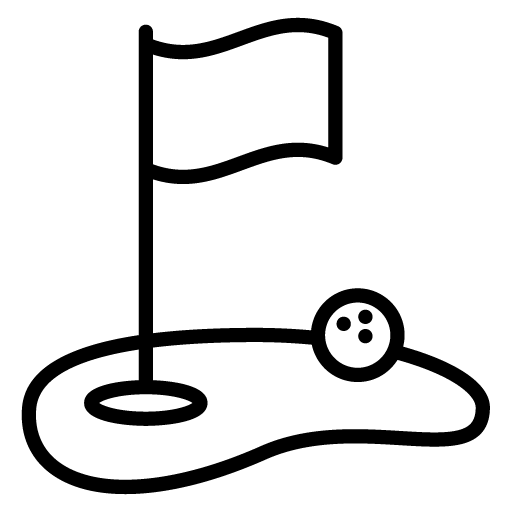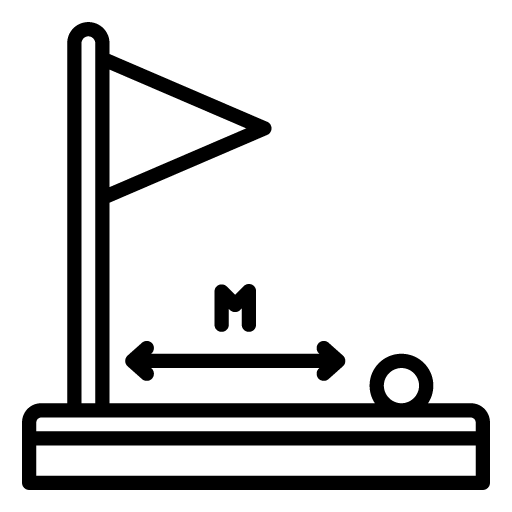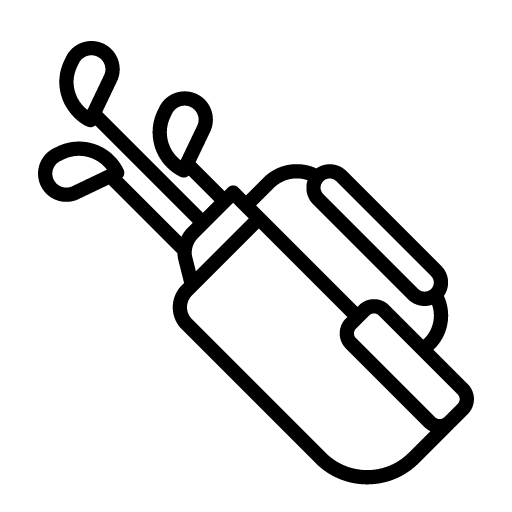Putting is the hardest part of golf; don’t let anyone tell you differently. The only way you are going to break 90, 80 or even 70 is to avoid three and four putts. If your greens are rolling at a 12 or faster you know just how many strokes you can accumulate on the greens. On the flip side of that, if you are a great putter, you know how much of a stress reliever it is to stand on the green knowing you will two putt or less. Here are some tips on becoming the best putter at your country club.
Learn Your Greens
Whether you are playing on championship bermuda, bentgrass or or ryegrass, you are going to find that different types of grass cause the ball to roll differently. Bentgrass is the most true as the ball breaks a ton when putting on fast greens. Championship bermuda can be sticky meaning you don’t have to play as much break; this does not mean they are not difficult to putt!
To become a great putter at your country club you are going to need to hit thousands of putts on all 18 or 36 holes of the course(s). You cannot expect to just walk out and be a great putter. There is a reason the professionals only play at certain courses.
Watch Every Putt in Your Foursome
This is something almost no one does. Most amateur golfers are 100% focused on just their putt and they miss the opportunity to digest all the valuable information from other’s putts. Even if someone is putting on a completely different line, it will help you to see what the ball does at the hole. Every putt will help you in the long run.
When someone is putting on a completely different line I make sure to watch the putt and confirm my read. If my read was wrong I go up and hit the same putt they had after the hole is complete. This way, I will know exactly what that putt does when I have it some time in the future.
Feel the Speed with Your Feet
This is also something almost no amateurs do. You can easily tell if a putt it uphill or downhill by simply walking to the hole and back. You can also determine the break by standing over the ball and seeing if it is above your feet or below your feet. If the ball is above your feet it should break left (for a right hander). If it is below your feet it should break right (for a right hander).
Something I do with every putt is stand over the ball, see how far the ball is above or below my feet and then look at the hole. This should give you a great read on the line.
Stop Thinking Too Much
The best putters in the world see the line, approach the ball and hit it. In fact, I would suggest try playing an entire round without even taking a practice putting stroke. The less time you have to think, the better off you will be. There will be times when you get the read wrong; accept it and learn from that missed putt.
Evaluate Every Putt You See
Similar to watching every putt, you should evaluate every single putt you see. If you play with a Sunday foursome, take the time to look at all putts, make a decision on your line and see if it is correct. Make a mental note of what happened. Was the putt faster than you thought? Did it break right at the hole? Did the other golfer pull it which is why it stayed out of the cup?
There are many small pieces of valuable information you can collect form every putt. Don’t let the opportunity pass you by to observe and see what all putts on the course do.
Practice on the Course, Not the Practice Green
Practice putting greens should be used for nothing more than to get the overall speed of the greens. Most practice putting greens do not give you a true read on what the overall course will be like. In fact, a large percentage of practice putting greens are completely flat and do not offer the average player the opportunity to “feel” what the putts will be like on the course.
Get to the course early, hit a few practice putts on the practice putting greens and stop analyzing. The practice should be on the actual course.
Now, get out there, enjoy yourself and learn from all the putts you watch.






